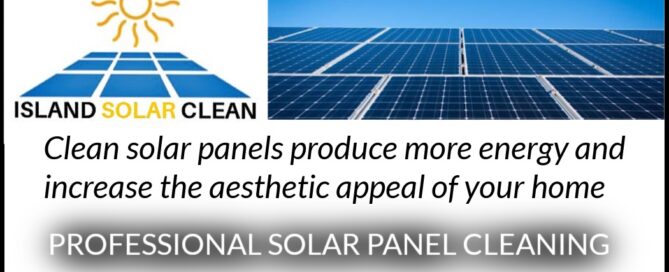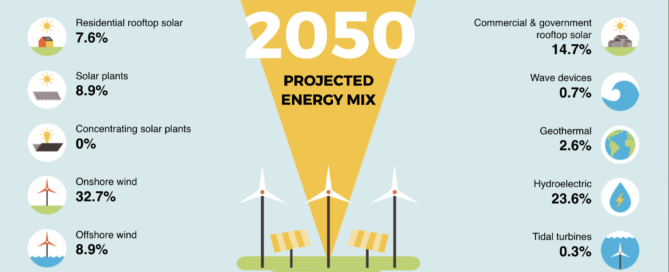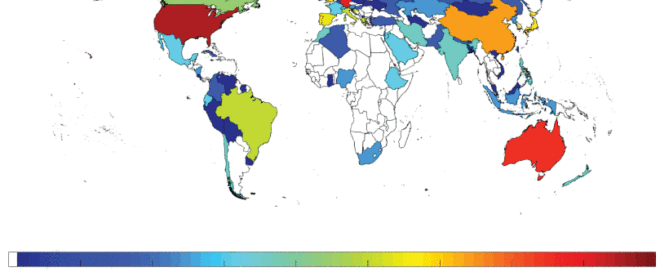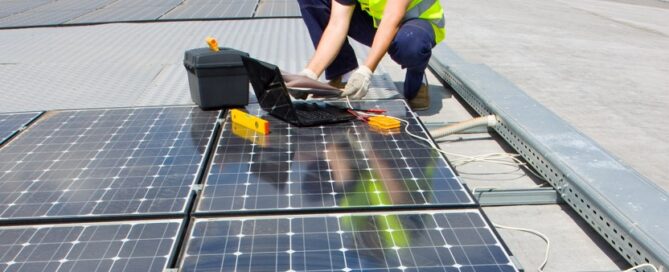The science around solar is crystal clear. Yet some myths persist.
by Tom Mommsen, Focus on Victoria, April 28, 2021
EVEN THOUGH ENERGY MATTERS rate high in the public’s attention, it is discouraging how many myths are being repeated by the media, by bloggers and in general discussions about solar power, especially about photovoltaics (PV). Yes, we are talking about those “unsightly” blue or black panels that are increasingly found on houses and in fields of dreamers, environmentalists and other-ists who clearly deserve being made fun of for their unaesthetic choices! However, do we really want to immediately dismiss multitudes of Africans, Americans, Asians, Chileans, Europeans, First Nations, Ikea, Nova Scotians and many, many others, simply because they embrace a technology that is anathema to British Columbia’s government and BC Hydro? A silent and long-lived technology that provides energy security, is environmentally benign and, heaven forbid, one of the least expensive means to generate clean electricity for the future? How silly.
In the following, we will debunk ten myths about solar power and inject some science and real numbers into the discussion. It is definitely a discussion whose time has come. Never mind that the energy input is absolutely free for another couple of billion years or so and delivered, without charge, directly to your roof. Never worry about price increases, spills along the supply-chain, world-class emergency measures for clean-up, whale populations or disruption of the energy flow. Every time solar spills are reported, people just take off for the park or reach for the beach towel with their only worries whether they have brought enough sunscreen and a two-meter (79 inches) measuring tape for social distancing.
The trouble with myths is not that they are so difficult to rebuke—the science around solar is crystal clear, the economics unclouded and logic should prevail. Alas, such myths are so pervasive and wrong on so many levels, it’s tough to know where to start. Still, it’s a fun game to debunk solar myths, so let’s start with some general ones, using examples from British Columbia.
Myth #1. BC doesn’t get enough sun. PV should be left to sunny places like California or Abu Dhabi. Well, actually, BC receives plenty of sunshine, somewhere between 1500 and 2250 hours per year, considerably more than solar powerhouses like Germany, France or the UK that receive about the same amount of sunshine as parts of Alaska. Need we say […]




